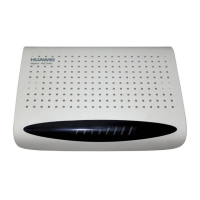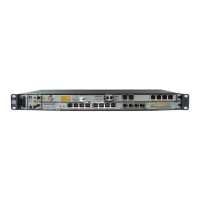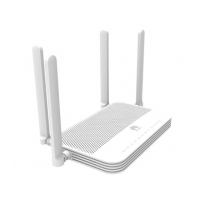SOC for Lithium Batteries(%), the loads power o and the mode
switches to ii.
ii. When the lithium battery SOC is less than or equal to the value of
End-of-Discharge SOC for Lithium Batteries(%), the PV system
charges the ESSs (the PV system and the ESSs do not supply power
to the loads). When the value of Available SOC for Lithium
Batteries(%) is reached, the mode switches to i.
2. Maximize Power Backup:
a. When the mains is available, the mains supplies power to loads, and the
mains and PV system charge the ESSs until the ESSs are fully charged.
b. When the mains is unavailable:
i. When the lithium battery SOC is greater than the value of End-of-
Discharge SOC for Lithium Batteries(%), the PV system and ESSs
supply power to loads (when the PV power is greater than the load
power, the PV system supplies power to the loads and charges the
ESSs). When the ESSs discharge to the value of End-of-Discharge
SOC for Lithium Batteries(%), the loads power
o and the mode
switches to ii.
ii. When the lithium battery SOC is less than or equal to the value of
End-of-Discharge SOC for Lithium Batteries(%), the PV system
charges the ESSs (the PV system and the ESSs do not supply power
to the loads). When the value of Available SOC for Lithium
Batteries(%) is reached, the mode switches to i.
Table 6-3 Lithium battery parameters
Operating Mode
Backup Power SOC(%)
(Maximize PV
Consumption)
End-of-Discharge
SOC for Lithium
Batteries(%)
Available SOC for
Lithium
Batteries(%)
Value Range Default
Value
Value Range Default
Value
Value Range Defa
ult
Value
Value
Range
Defa
ult
Value
● Maximize
PV
Consumpt
ion
● Maximize
Power
Backup
Maximize
Power
Backup
20–50 20 5–15 5 20–95 20
iSitePower-M (MAP05A1, MAB05B1)
User Manual 6 Application Scenarios
Issue 06 (2023-04-24) Copyright © Huawei Digital Power Technologies Co., Ltd. 54

